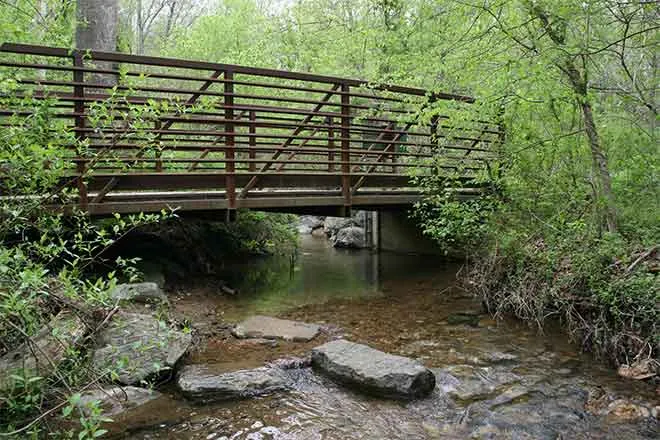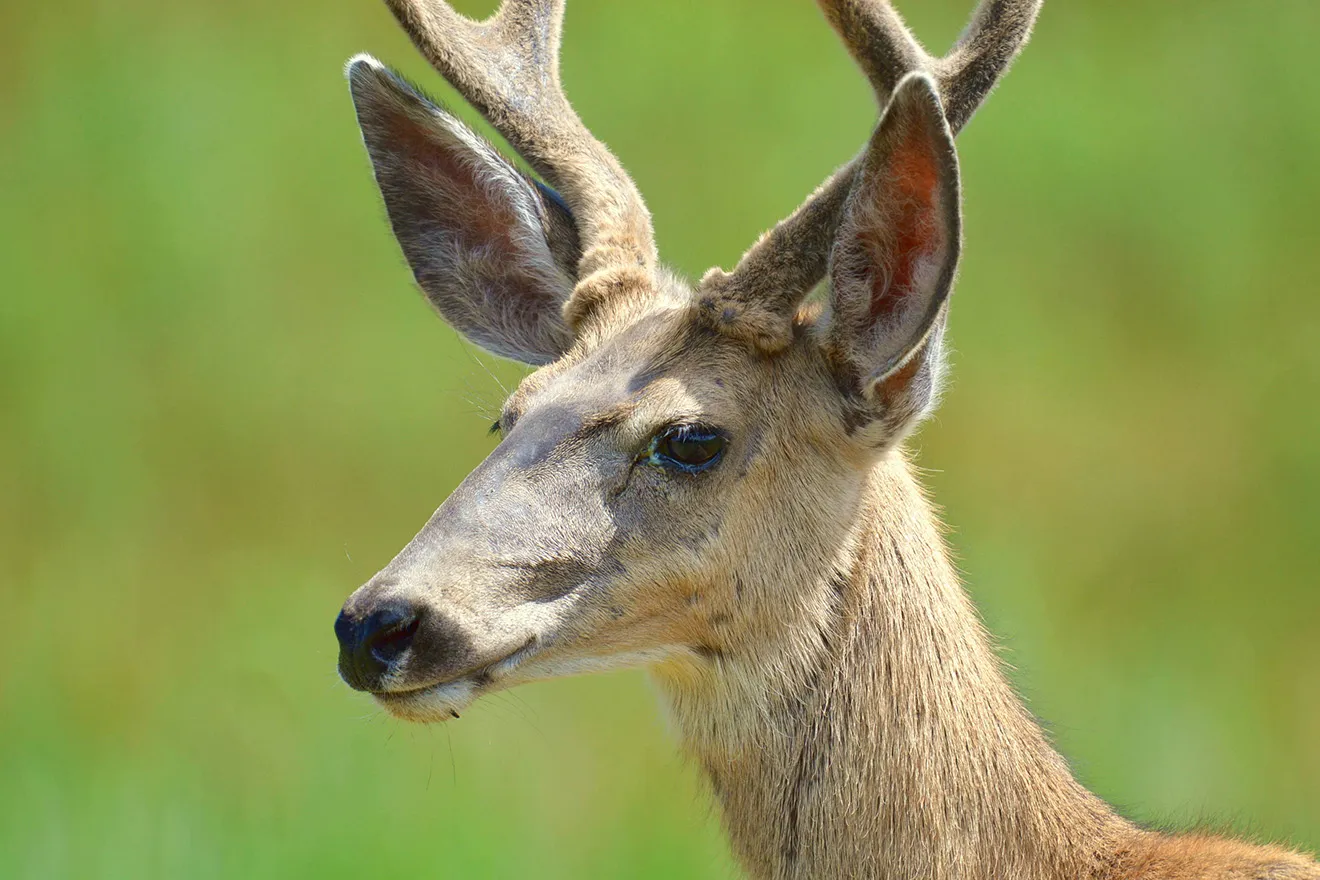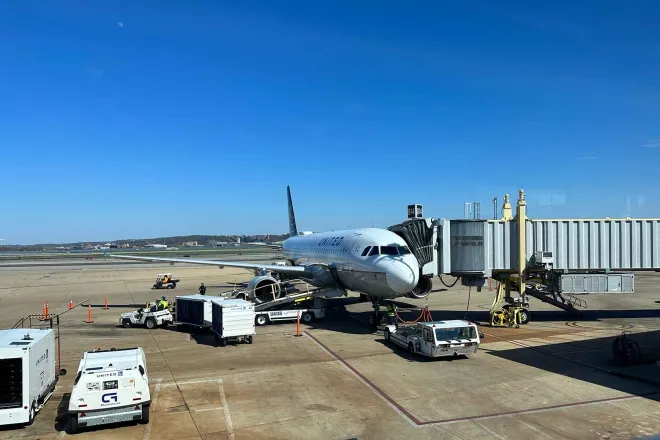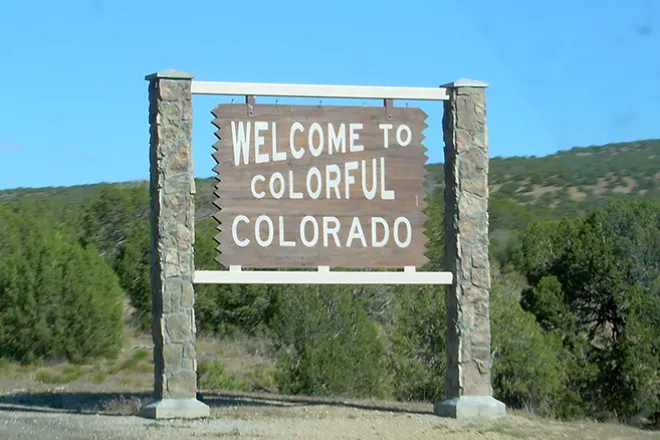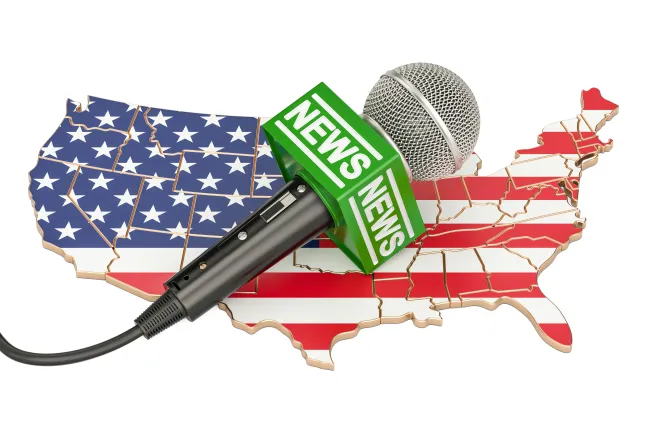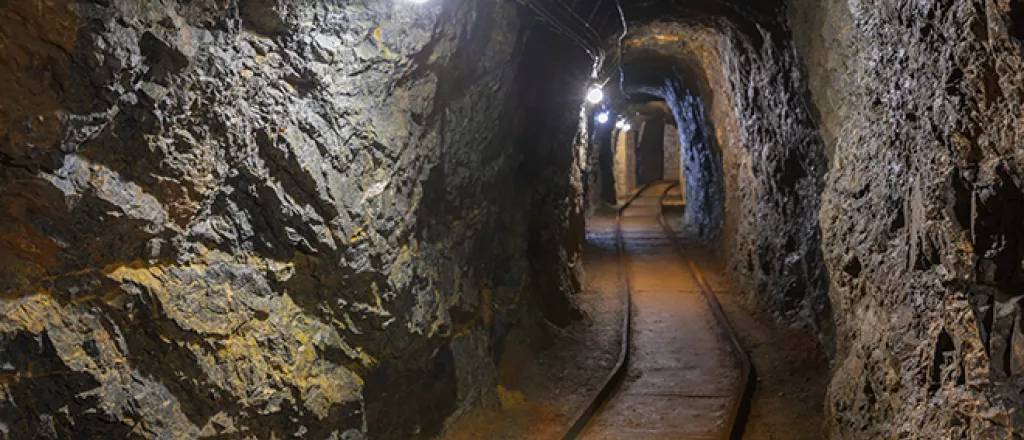
Mining claim map shows encroachment on national parks, monuments
Click play to listen to this article.
The number of mining claims on U.S. public lands is growing. A 27 percent increase since 2019 has brought the total to nearly a half-million.
A new study showed many are in close proximity to, and could threaten, national parks. In Montana, Idaho and Wyoming, more than 15,000 mining claims are within 30 miles of a national park or monument, according to the National Parks Conservation Association.
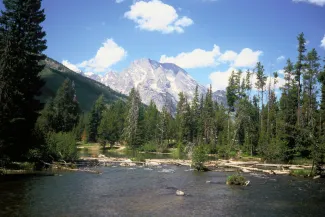
Beau Kiklis, associate director of landscape conservation and energy policy for the association, said claims are easy to get, based on a system dating back to 1872. He added a bill now in the U.S. Senate Committee of Energy and Natural Resources could make it even simpler.
"We're seeing agencies and institutions being dismantled and protections for landscapes being reviewed and compromised," Kiklis pointed out. "When we look at this data, our parks and our monuments, they are threatened from the possibility of future mining."
Kiklis noted mining claims are not held to the same standards of review and public process as other public land uses, and residents receive no royalties from the claims. According to the report, holders of mining claims in 2023 paid less than $10 per acre.
Kiklis emphasized it takes, on average, just three years to permit a mine.
"That's pretty fast when you think about the potential threats that are associated with mining, like impacts to groundwater and water supply for communities, wildlife migration and habitat, air impacts," Kiklis outlined. "You think about other public land uses, like recreation and conservation and so forth."
Across the northern Rockies, there are 141 mining claims within the boundaries of national parks and monuments, including Yellowstone National Park and Big Horn Canyon National Recreation Area.





